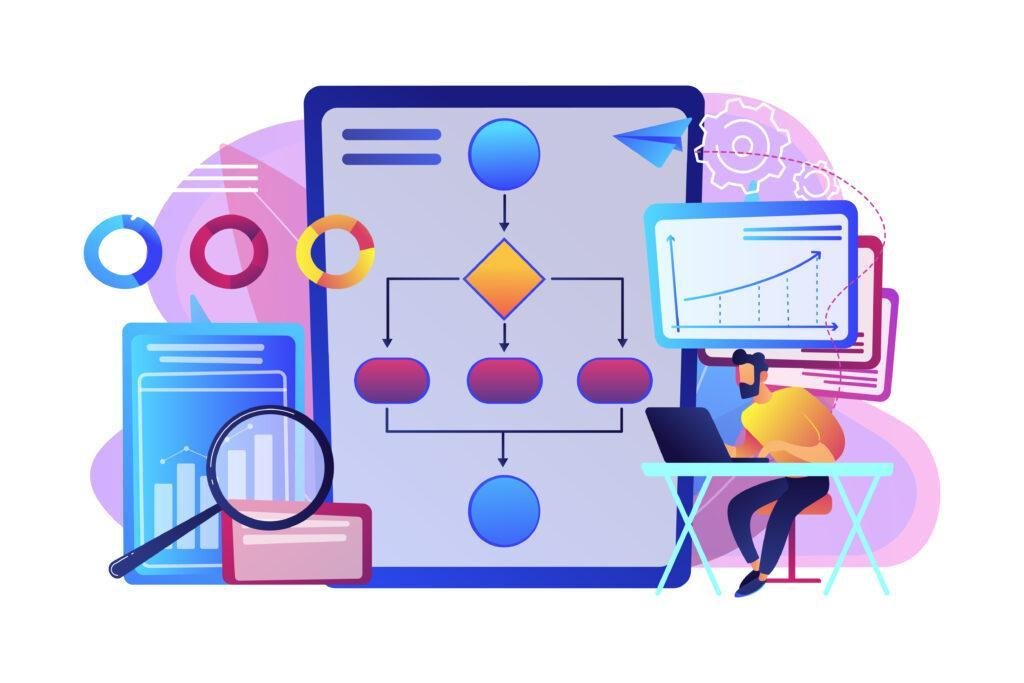
Introduction
To navigate the ever-changing landscape of digital marketing, understanding the essential elements of technical SEO for 2024 is crucial. From optimizing website speed to managing 301 & 302 redirects and ensuring effective indexing, each aspect plays a pivotal role in enhancing your website’s performance, visibility and ranking. This comprehensive guide covers all these must-know elements complete with table of contents, FAQ’S and a conclusion to provide you with actionable insights.
Table of content
- Website Speed optimization
- Mobile Responsiveness
- Structured Data Implementation
- A Secure and Accessible Website
- Optimized URL’s Structure
- Quality Content and On-Page Seo
- Effective Backlink Strategy
- Regular Website Audits and Monitoring
- Voice Search Optimization
- User Experience (UX) and Core Web Vitals
- 301 and 302 Redirects
- Indexing and XML Sitemaps technical SEO for 2024
1. Website Speed Optimization
Prioritize optimizing your website’s loading speed using techniques such as browser caching, minimizing server response times, and leveraging content delivery networks (CDNs) to enhance the user experience and reduce bounce rates.
2. Mobile Responsiveness
Ensure your website is mobile-responsive by adopting responsive design principles, optimizing content and images for various devices, and providing a seamless user experience across smartphones, tablets, and other mobile devices

3. Structured Data Implementation
Implement structured data markup using schema markup to provide search engines with explicit information about your content, enhancing visibility and improving click-through rates in search results.
4. A secure and Accessible Website
Secure your website with HTTPS encryption to build user trust and align with Google’s ranking factors. Ensure accessibility for all users, including those with disabilities, by adhering to accessibility guidelines and best practices.
5. Optimized URL Structures
Create SEO-friendly URLs that are descriptive, concise, and reflective of your site’s content hierarchy. Implement logical URL structures that aid search engines in understanding and indexing your content effectively.
6. Quality Content and On-Page SEO
Focus on creating high-quality, relevant content optimized with targeted keywords, meta descriptions, and title tags. Incorporate on-page SEO techniques, such as header tags, internal linking, and optimized images, to enhance content visibility and relevance.
7. Effective Backlink Strategy
Build a robust backlink profile by acquiring high-quality links from reputable and relevant websites. Focus on natural link-building techniques, including guest blogging, influencer collaborations, and content marketing strategies, to enhance website authority and credibility.
8. Regular Website Audits and Monitoring
Conduct regular website audits and monitoring to identify and address technical issues, optimize performance, and ensure compliance with search engine guidelines, maintaining your site’s health and rankings.
9. Voice Search Optimization
Optimize your website for voice search by focusing on conversational keywords, providing concise answers to common queries, and enhancing content readability and relevance for voice-enabled devices and platforms.
10. User Experience (UX) and Core Web Vitals
Prioritize the user experience by optimizing core web vitals such as loading performance, interactivity, and visual stability. Enhance page load times, minimize layout shifts, and improve overall site usability to provide users with a seamless and engaging browsing experience.
11. 301 and 302 Redirects
Understand the differences between 301 and 302 redirects, as they play a critical role in managing URL changes and directing user traffic. Utilize 301 redirects for permanent URL changes, ensuring seamless redirection and preserving link equity. Conversely, employ 302 redirects for temporary URL changes, maintaining the original URL’s authority and relevance.
12. Indexing and XML Sitemaps of technical SEO for 2024
Ensure your website’s pages are crawlable and indexable by submitting an XML sitemap to search engines. Monitor indexation status, address crawl errors, and optimize your sitemap to facilitate search engine crawlers’ efficient discovery and indexing of your content.
FAQs
Q1: What is the significance of 301 and 302 redirects in technical SEO?
A1: 301 redirects are used for permanent URL changes, directing traffic, and preserving link equity. In contrast, 302 redirects are utilized for temporary URL changes, maintaining the original URL’s authority and relevance.
Q2: How do indexing and XML sitemaps impact my website’s visibility in search results?
A2: Ensuring your website’s pages are crawlable and indexable by submitting an XML sitemap facilitates search engine crawlers’ efficient discovery and indexing of your content, enhancing visibility and rankings in search results.
Q3: Why is mobile responsiveness crucial for SEO in 2024?
A3: With the increasing prevalence of mobile devices, ensuring your website is mobile-responsive enhances the user experience, aligns with Google’s mobile-first indexing, and improves visibility and rankings in search results.
Conclusion
Understanding and implementing the 12 must-know elements of technical SEO for 2024 is essential for achieving online success in today’s competitive digital landscape. By prioritizing website speed optimization, mobile responsiveness, structured data implementation, and other critical factors, you can enhance your website’s performance, visibility, and ranking in search results. Stay informed, adapt to emerging trends, and continuously optimize your site to meet user expectations and search engine requirements in 2024 and beyond.





